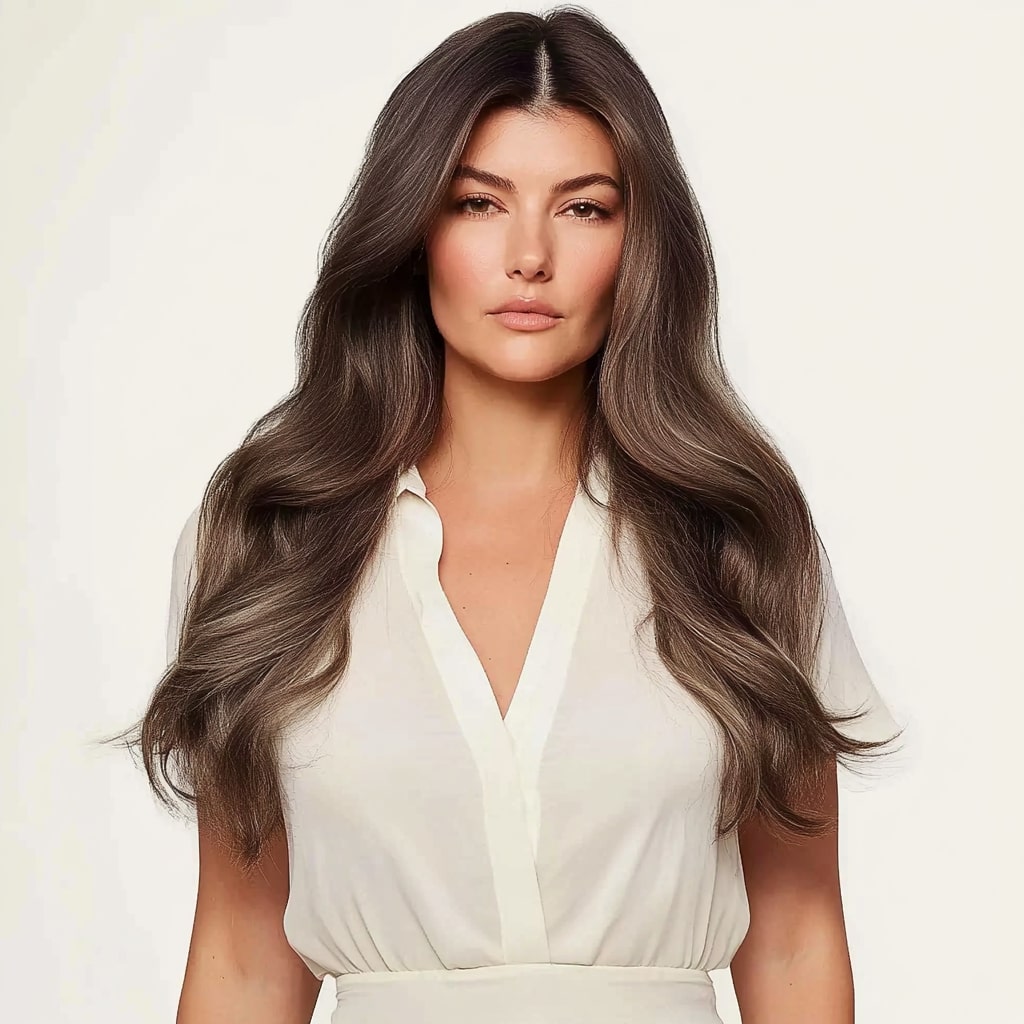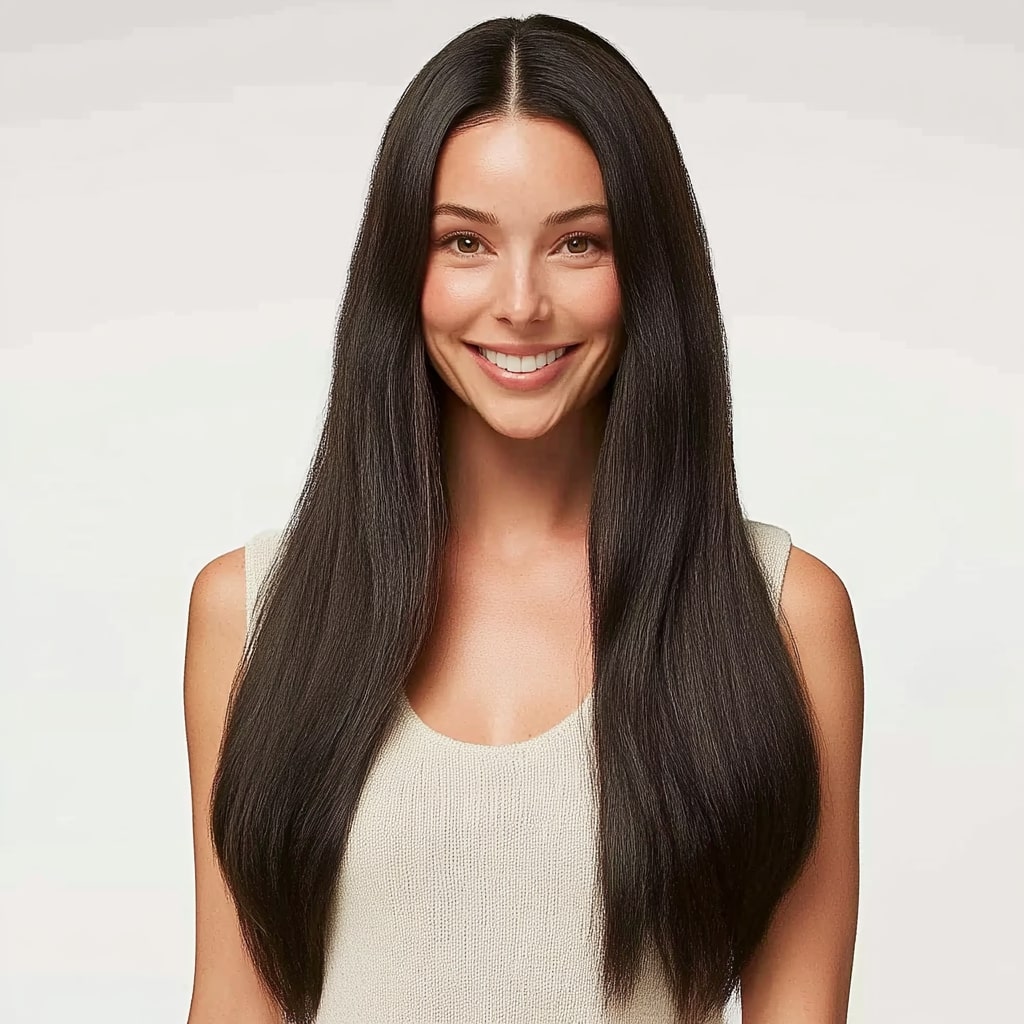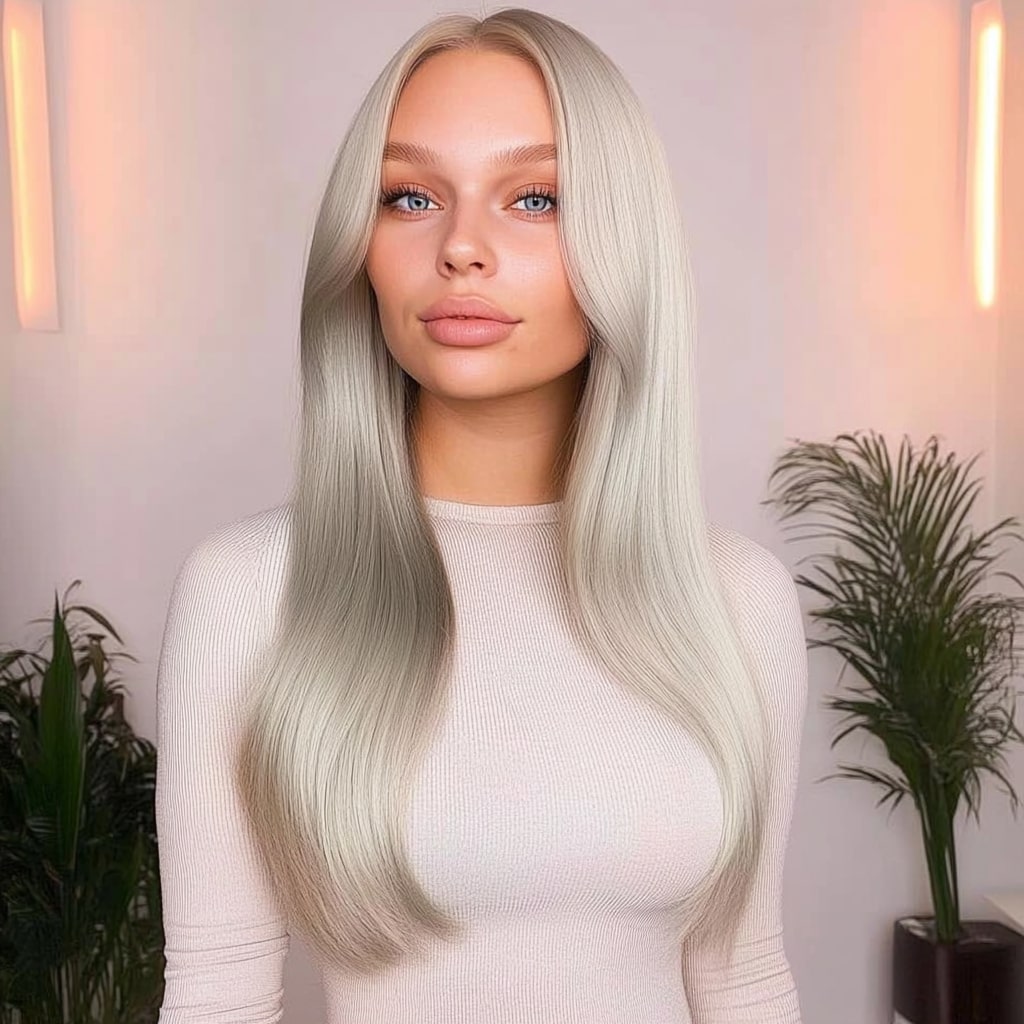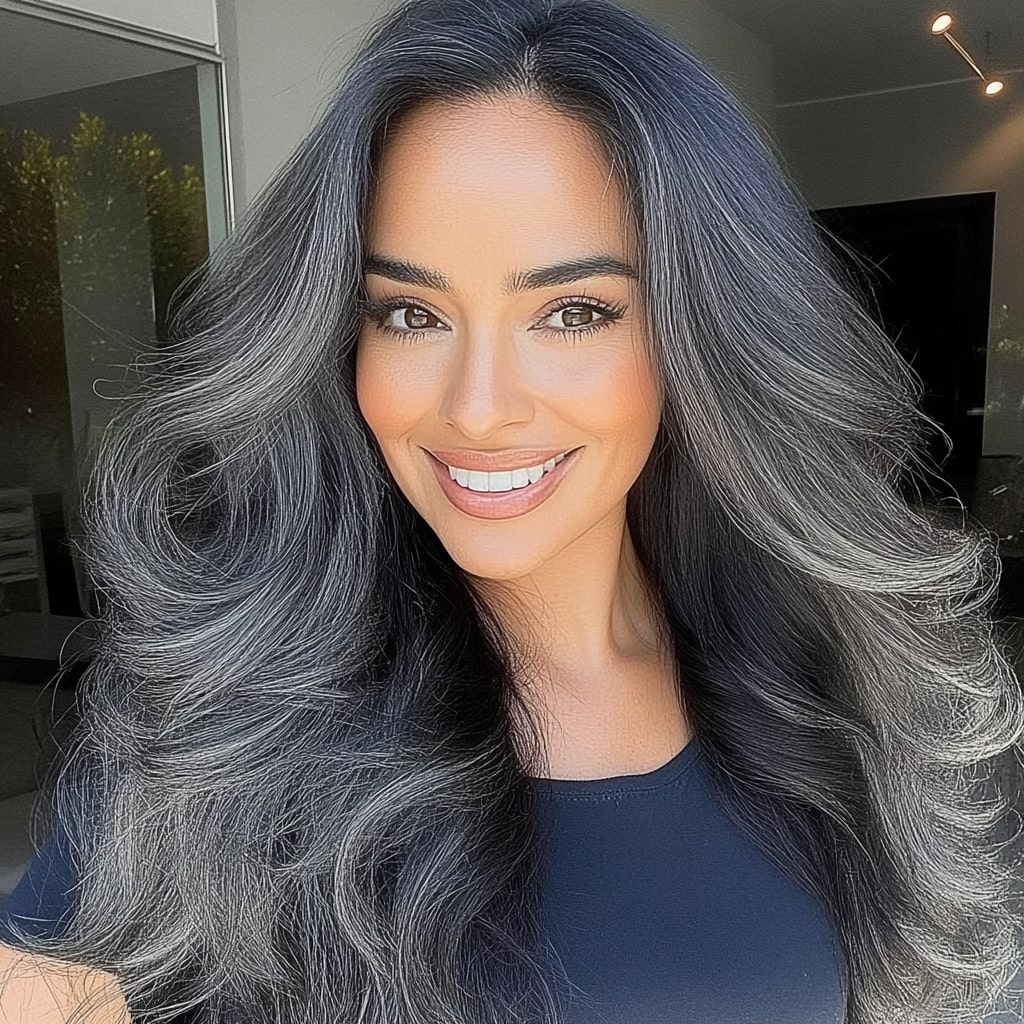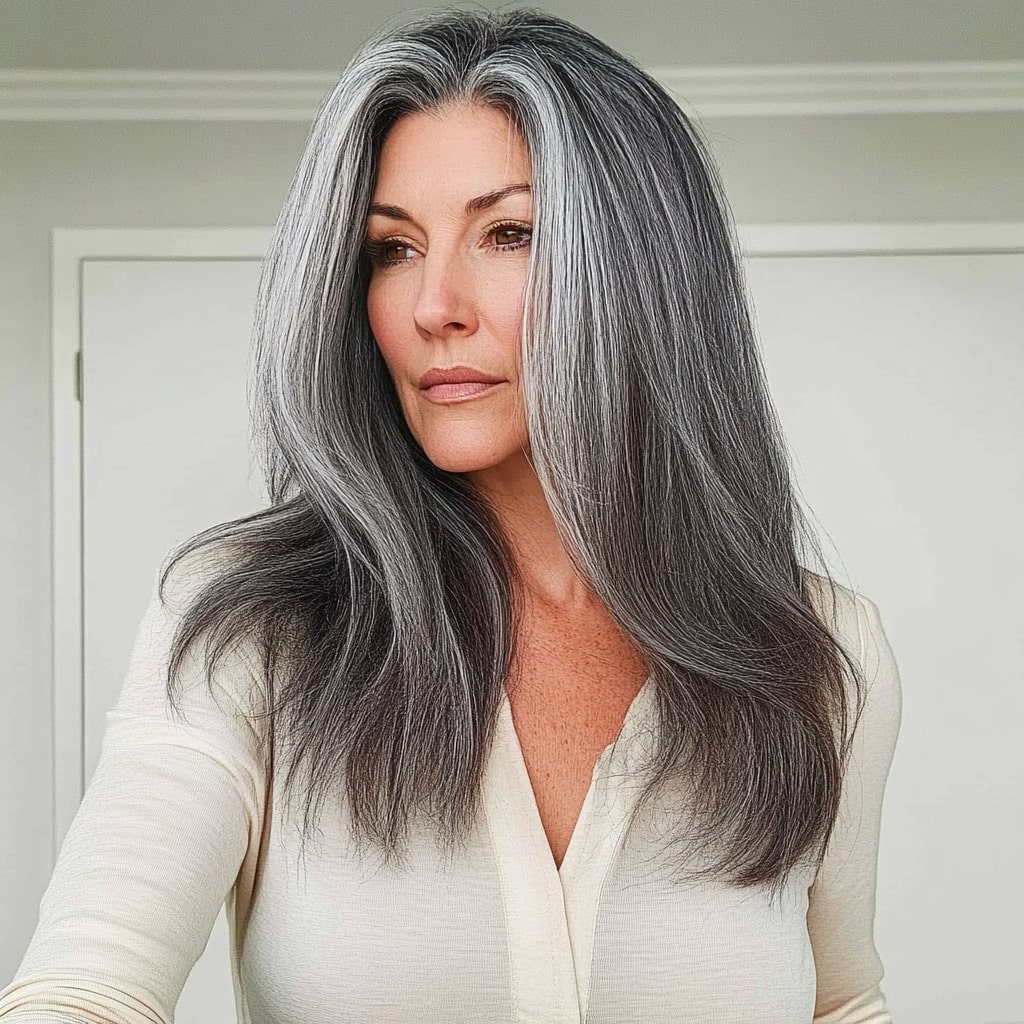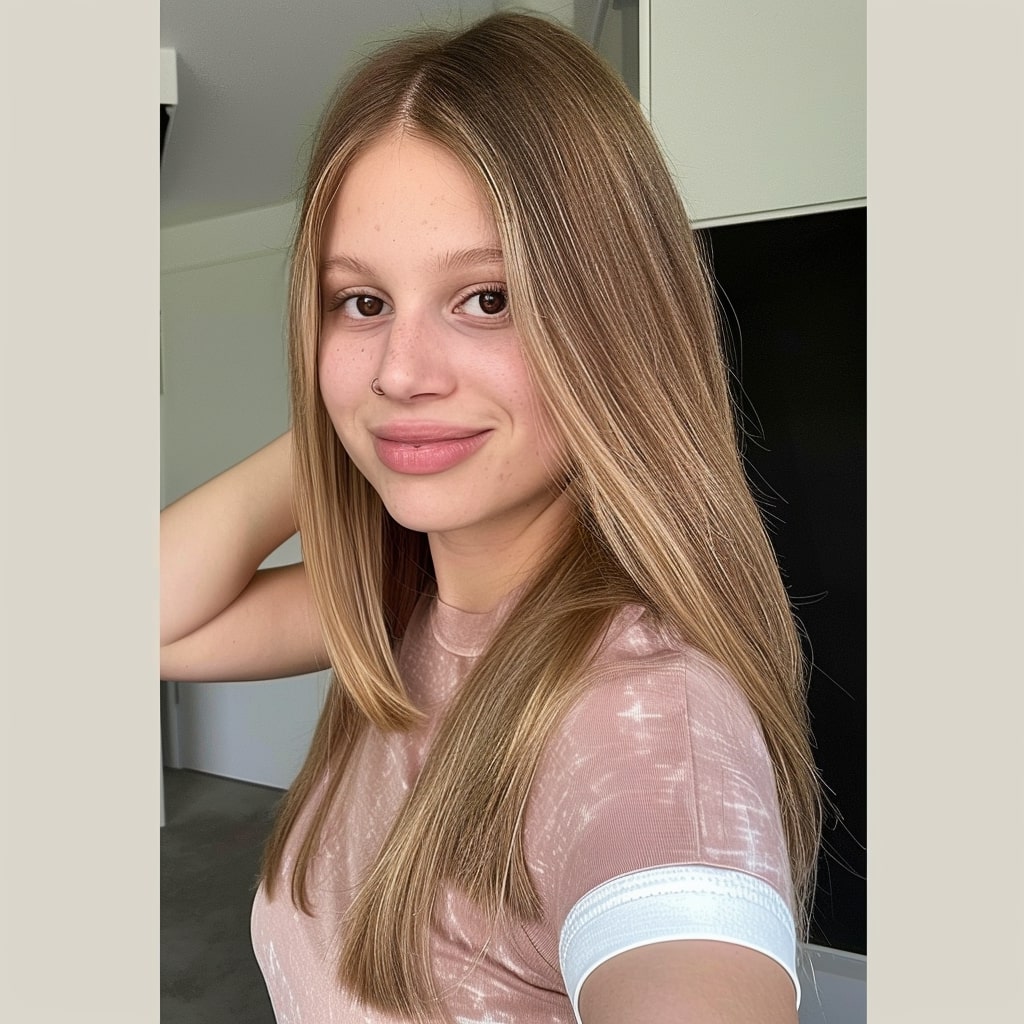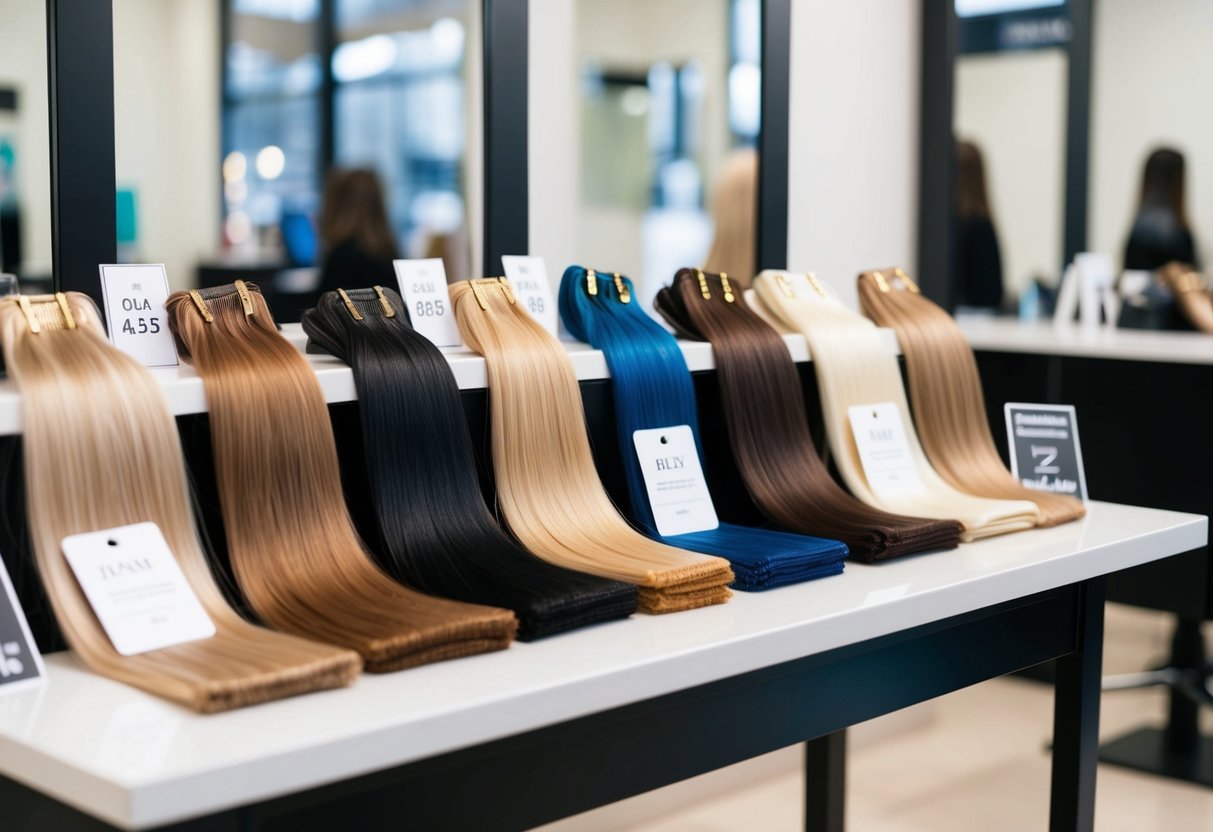Taming the Frizz: Understanding and Resolving Hair Extension Issues
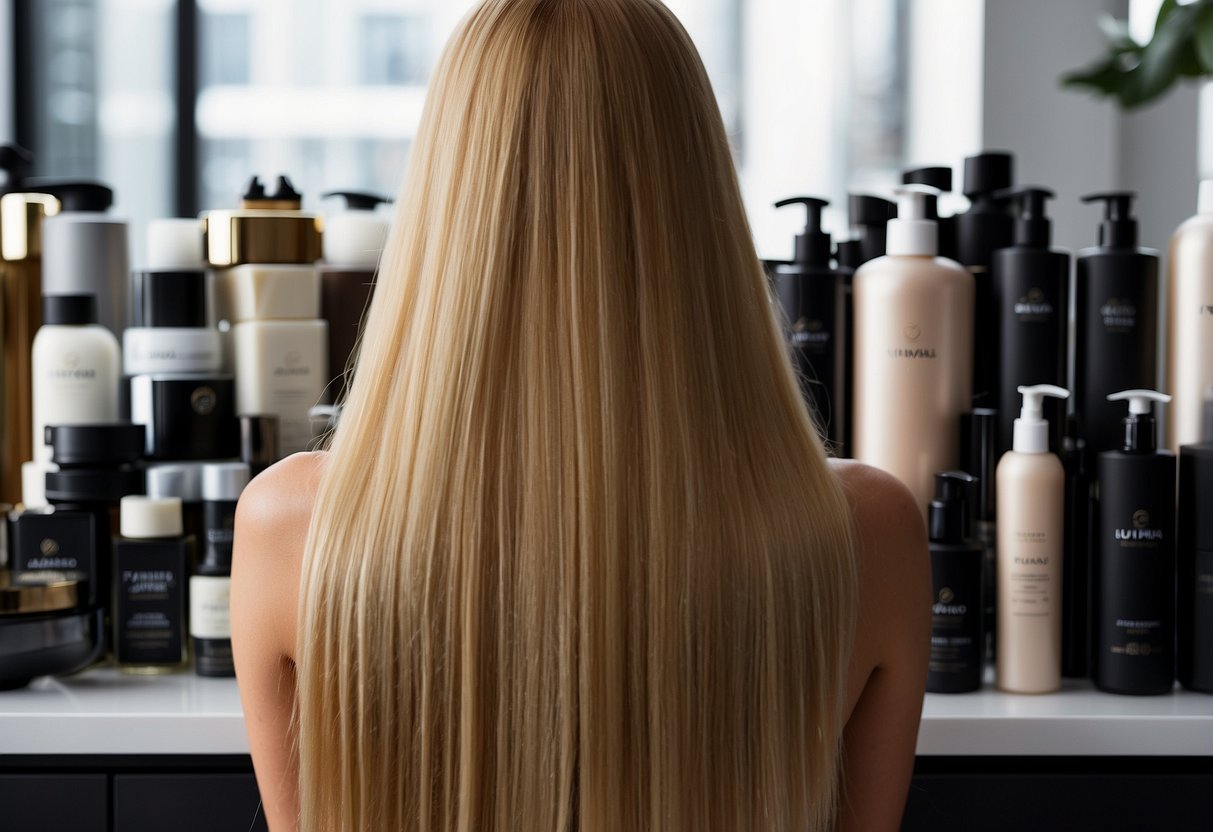
Why Are My Hair Extensions Frizzy: Causes and Solutions
Have you ever wondered why your hair extensions become frizzy and difficult to manage? This common issue can get frustrating, but it's essential to understand what's causing it. Frizz in hair extensions often results from dryness, lack of proper care, or environmental factors. Fortunately, understanding these causes can help you take steps to prevent and revive your hair extensions, ensuring they remain smooth and beautiful.
One reason for frizzy hair extensions is the lack of moisture. Just like natural hair, extensions require regular hydration to stay soft and manageable. Additionally, improper brushing techniques and using the wrong products can exacerbate frizz. Knowing how to correctly care for your extensions will make a significant difference in their appearance and longevity.
Humidity and environmental factors play a crucial role in the condition of your hair extensions. Exposure to sun, wind, and pollution can cause the hair to lose its shine and become frizzy. By implementing a few simple preventive measures, you can protect your extensions from these elements and keep them looking their best.
Key Takeaways
- Frizz in hair extensions results from dryness and lack of care.
- Proper hydration and correct brushing techniques are essential.
- Environmental factors like humidity affect the condition of extensions.
Understanding Hair Extension Frizz
Hair extensions can be an excellent way to enhance your look, but they can also become frizzy and dry. Below, we discuss the main causes of frizziness in hair extensions and the differences between human and synthetic hair extensions.
Causes of Frizziness in Hair Extensions
Hair extensions can become frizzy due to several factors. One primary cause is dryness, which can result from washing the extensions too frequently or using products that strip natural oils. These oils are crucial for maintaining the extensions' softness and luster.
Improper storage can also lead to tangling and frizzing. Storing extensions in a way that allows them to become tangled or matted can make them difficult to manage and more prone to frizzing. Environmental factors, including humidity, can further exacerbate the problem.
Additionally, using heat tools such as flat irons and curling wands without a heat protectant can cause significant damage, leading to frizz. Chemical treatments, like coloring or perming, can also cause frizz and dryness, especially if not done by a professional.
Differences Between Human and Synthetic Hair Extensions
Human hair extensions often require more maintenance and care because they behave like natural hair. They can absorb moisture and oils, making them less prone to static but still susceptible to frizziness if not hydrated properly. Human hair extensions can be treated with natural oils like coconut oil or olive oil to help combat dryness and improve texture.
Synthetic hair extensions, in contrast, are typically made from various types of plastic fibers. These extensions are generally less expensive but can become frizzy more easily, especially if exposed to heat. Synthetic fibers do not absorb natural oils, which makes them more prone to static and frizz. Techniques like the fabric softener method can help reduce frizz in synthetic hair, but they require special care to maintain their appearance.
Preventative Measures for Frizz
Choosing the right hair extensions, maintaining them well, and using effective washing techniques can significantly reduce frizz and keep your hair looking smooth and shiny.
Proper Selection of Hair Extensions
Selecting high-quality hair extensions is crucial for preventing frizz. Human hair extensions are generally better than synthetic ones because they handle moisture more effectively and are less prone to becoming frizzy. When purchasing extensions, look for those labeled as 100% human hair.
Avoid extensions with coarse textures, as these tend to frizz more easily. Additionally, consider extensions that are pre-treated with moisture-retaining products. This can further help in controlling frizz from the start. Pay attention to the cuticle alignment as well; extensions with a uniform cuticle direction are less likely to tangle and frizz.
Routine Maintenance and Care
Routine care is essential for keeping hair extensions frizz-free. Regular brushing not only detangles the hair but also prevents frizz. Use a soft-bristle brush and start from the tips, working your way up to the roots.
Applying a leave-in conditioner formulated for hair extensions can keep the strands moisturized. This is particularly important for human hair extensions, which can dry out like natural hair. For daily care, use a light, oil-based serum to add shine and reduce frizz.
Additionally, trim the ends of your extensions every few weeks to remove split ends, which can contribute to frizz. Ensure you store your extensions properly by keeping them in a dry and cool place.
Optimal Washing Techniques
When washing hair extensions, always use sulfate-free shampoos and conditioners. Sulfates can strip the hair of essential moisture, leading to dryness and frizz. Gently massage the shampoo into the hair and rinse with lukewarm water.
After washing, apply a generous amount of conditioner, focusing on the mid-lengths to the ends. A cool water rinse post-conditioning helps seal the cuticles, making the hair smoother.
Allow the extensions to air dry instead of using heat. If you must blow-dry, use a heat protectant spray and set the dryer to a low heat setting. Avoid washing the extensions too frequently as this can dry them out. Aim for a wash every 2-3 weeks, depending on use.
Taking these preventative measures will help maintain the quality and appearance of your hair extensions, ensuring they remain frizz-free and attractive.
Reviving Frizzy Extensions
To bring your frizzy hair extensions back to life, focus on deep conditioning treatments, using sulfate-free shampoos and nourishing conditioners, and incorporating moisturizing oils and leave-in treatments. These methods will help restore moisture, smoothness, and shine.
Deep Conditioning Treatments
Deep conditioning is crucial for reviving dry and frizzy hair extensions. You should begin by using a deep conditioning mask specifically designed for extensions.
Apply the mask generously, ensuring that it coats each strand. Allow it to sit for at least 20-30 minutes before rinsing it out. For even better results, cover your extensions with a shower cap and apply gentle heat from a hairdryer.
Regular deep conditioning treatments, at least once a week, will nourish your extensions with essential nutrients. They restore lost moisture, making your hair soft and manageable.
Sulfate-Free Shampoo and Nourishing Conditioners
When washing your extensions, always choose a sulfate-free shampoo. Sulfates can strip natural oils, leading to dryness and frizz. Use a small amount of shampoo, lather gently, and rinse thoroughly.
Follow the shampoo with a nourishing conditioner. Apply it generously and let it sit for a few minutes to penetrate the hair shaft. This helps to replenish moisture and smooth the hair cuticle.
Rinse the conditioner out with cool water to seal the cuticles and add shine.
Moisturizing Oils and Leave-In Treatments
Moisturizing oils, such as coconut oil, sweet almond oil, and argan oil, are excellent for reviving frizzy extensions. Warm a small amount of oil in your hands and apply it evenly through the lengths of your hair.
Massage the oil gently to ensure even distribution. These oils provide deep hydration and lock in moisture, making your extensions feel soft and smooth.
For an added boost, use a leave-in conditioner designed for extensions. This product will provide ongoing moisture throughout the day and protect your hair from environmental damage. Spray or apply the leave-in conditioner to damp hair and style as desired.
Styling Practices for Frizz Reduction
To reduce frizz in hair extensions, you need to follow proper heat styling protocols, avoid mechanical damage, and use the right hair styling products and techniques.
Heat Styling Protocols
Use heat protectant spray before heat styling to shield your hair extensions from damage. Opt for low heat settings on your styling tools to prevent excess drying and fraying. Limit the use of heat styling tools like straighteners and curling irons to minimize damage. When possible, allow your hair extensions to air dry naturally rather than using a blow dryer.
Avoiding Mechanical Damage
Avoid using fine-toothed combs that can cause tangles and breakage. Instead, use a wide-toothed comb to gently detangle your hair extensions. Refrain from excessive styling, which can stress and weaken the hair. Use gentle brushing techniques to maintain the integrity of the hair strands.
Hair Styling Products and Techniques
Choose leave-in conditioners specifically formulated for hair extensions to keep them moisturized. Utilize anti-frizz serums and oils to add shine and minimize frizz. Avoid heavy products that can weigh down the hair, leading to more tangles and frizz. Apply products evenly, from roots to ends, ensuring thorough coverage for better control.
Dealing with Environmental Factors

Environmental factors can seriously affect your hair extensions. Sun exposure, harsh weather, and elements like hard water and chlorine are key contributors to frizz and damage. Here’s how you can protect your extensions from these factors.
Protection from Sun and Harsh Weather
The sun can dry out your hair extensions, making them brittle and frizzy. Use a UV protection spray specifically designed for hair to shield your extensions.
Covering your head with a hat or scarf also helps. Wind and cold air can strip moisture from your extensions. Wear a loose hat or wrap to avoid direct contact with harsh elements.
Managing Effects of Hard Water
Hard water contains minerals like calcium and magnesium that can accumulate on your extensions. This buildup makes the hair look dull and frizzy.
Install a water softener to reduce mineral content. Use a clarifying shampoo once a week to remove buildup. Follow up with a deep conditioner to replenish moisture lost during washing.
Counteracting Chlorine and Saltwater Exposure
Chlorine in swimming pools and saltwater can weaken and dry out your extensions. Before swimming, wet your hair with fresh water and apply a leave-in conditioner.
Wear a swim cap to minimize contact with chlorinated or salty water. Rinse your extensions thoroughly with clean water after swimming to remove any lingering chemicals. Use a gentle, hydrating shampoo to wash your hair afterward.
Hair Extension Durability and Longevity
The durability and lifespan of your hair extensions depend on various factors, including the quality of the extensions and how well you care for them. Proper maintenance techniques and awareness of the different types of extensions can help you maximize their longevity.
Understanding Lifespan of Different Extension Types
High-Quality Hair Extensions: High-quality extensions, such as Remy hair extensions, tend to last longer. These extensions are made from human hair with the cuticles intact, ensuring durability and a natural look. With proper care, they can last six months to a year.
Low-Quality Hair Extensions: Extensions made from synthetic fibers or low-quality human hair have a shorter lifespan. They may last only a few months, and are more prone to frizz and tangling. These are better for short-term use or occasional wear.
Mitigating Factors That Shorten Extension Life
Quality: Always invest in high-quality hair extensions to ensure longevity. Poor-quality hair is more susceptible to damage and frizz, reducing its lifespan significantly.
Maintenance: Regular brushing, washing, and conditioning are crucial. Use products designed for hair extensions to keep them smooth and soft. Avoid harsh chemicals and excessive heat styling, which can degrade the hair fibers.
Environmental Factors: Exposure to sun, pollution, and saltwater can also affect the durability of hair extensions. Wearing a hat or using UV protection sprays can help minimize damage.
By understanding these key aspects, you can make informed decisions about your hair extensions and extend their usability significantly.
Professional Care and Salon Treatments

If your hair extensions are consistently frizzy despite at-home care, seeking professional assistance can make a significant difference. Salon treatments offer solutions tailored to address frizz and dryness, ensuring your extensions stay smooth and healthy.
When to Seek Professional Help
If you notice excessive dryness or frizz that home remedies can’t fix, it's time to consult a professional. You should also seek out a salon if your extensions are matting or clumping severely, as improper self-treatment can worsen the damage. Regular salon visits are also advised if you frequently use heat styling tools, as professionals can apply treatments that mitigate heat damage.
Salon Services for Treating Frizzy Extensions
Deep Conditioning Treatments: Salons use high-quality products that penetrate deeply into the extensions, adding moisture and shine. These treatments are more effective than regular conditioners and can provide lasting results.
Keratin Treatments: These are excellent for smoothing frizzy extensions. A keratin treatment temporarily coats the hair with a protein that smooths the cuticle and reduces frizz.
Trimming and Reshaping: Regular trims by professionals help remove split ends and keep your extensions looking fresh. This prevents further damage and helps maintain the overall health of the extensions.
Custom Advice: Professionals can provide personalized advice based on the specific type and condition of your hair extensions. This includes recommendations for products and routines tailored to maintain the quality and appearance of your extensions.
Frequently Asked Questions
Reducing frizziness in hair extensions involves proper care and specific products. Maintaining moisture, avoiding harsh styling tools, and using hydrating treatments play essential roles.
How can one reduce frizziness in hair extensions after they have been washed?
After washing, use a leave-in conditioner specifically designed for hair extensions. Air-drying your extensions instead of using heat can help minimize frizz. Additionally, brushing them gently with a wide-tooth comb can prevent further damage.
What are the best practices to make hair extensions soft again at home?
Applying a pre-shampoo treatment can help restore softness. Use hydrating shampoos and conditioners, and avoid products containing sulfates. Incorporating natural oils like argan oil can also enhance softness.
Which methods are effective for repairing frizzy synthetic hair extensions?
For synthetic hair extensions, soaking them in a bowl with a mild fabric softener can make a significant difference. Spray with a synthetic hair leave-in conditioner and let them air dry. Trim the ends if necessary to avoid split ends.
Why do hair extensions become dry after the first wash, and how can this be remedied?
Hair extensions may lose moisture after the first wash due to exposure to water and lack of protective oils. To remedy this, apply a deep conditioning treatment and use a moisturizing leave-in conditioner. Avoid using hot water, as it can strip moisture from the hair.
What steps should be taken to revive dry hair extensions and restore their moisture?
Reviving dry hair extensions requires using hydrating masks and leave-in conditioners. Regularly brushing extensions can distribute natural oils evenly. Also, minimize the use of heat styling tools.
What products are recommended to enhance the softness and silkiness of hair extensions?
Products containing natural oils like argan and coconut oil are highly recommended. Look for leave-in conditioners and serums designed for hair extensions. Avoid products with alcohol, as they can dry out the hair.

 My Store Credit
My Store Credit
 Buy Again
Buy Again
